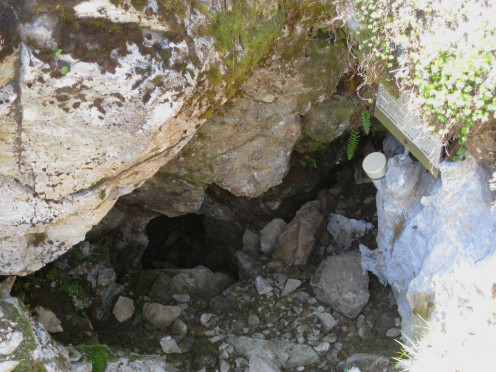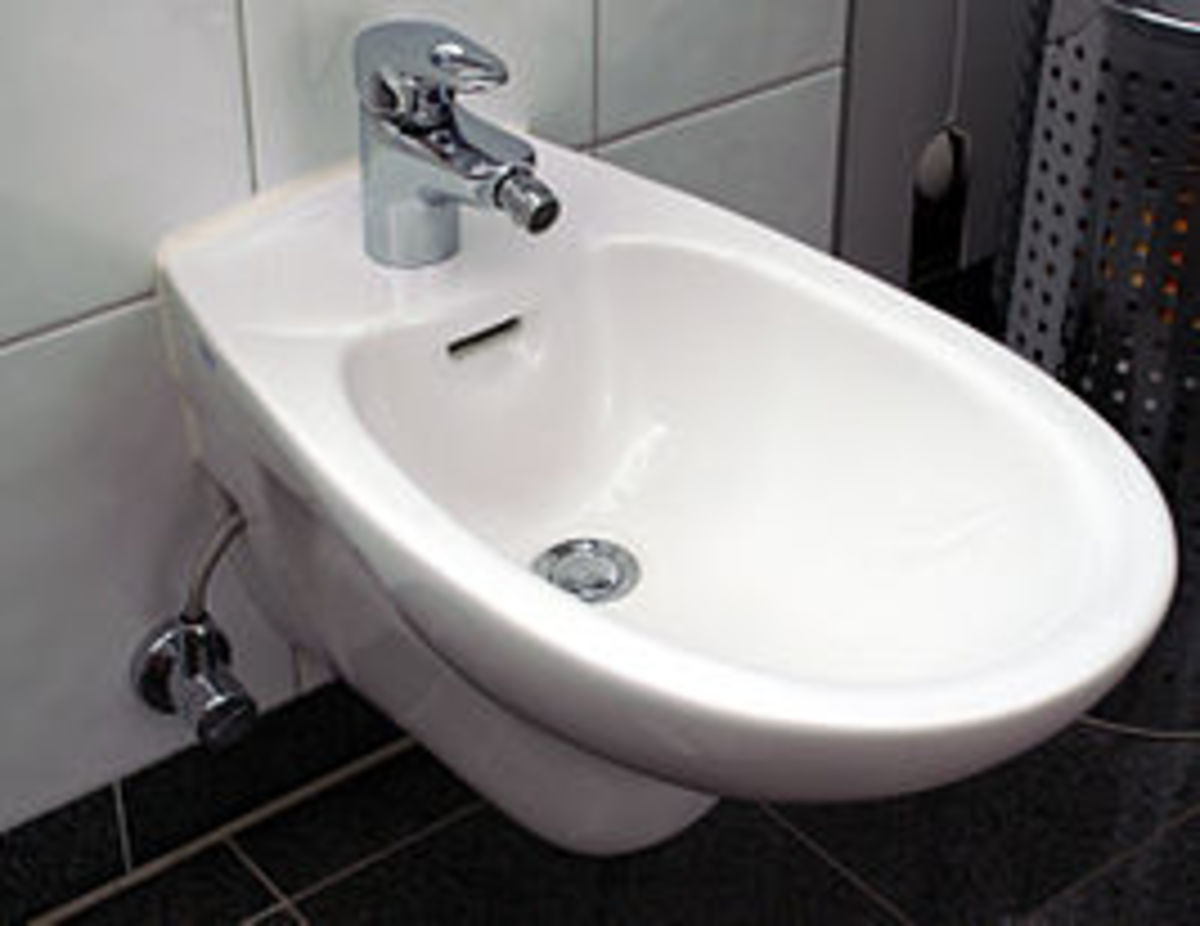How to Get Ready for a Caving Trip

Cave Exploration
Caving is a unique type of activity requiring physical coordination, relaxation when in cramped quarters and at least three partners to go along - for safety's sake. When caving, safety is paramount. Use a helmet with a head lamp and make sure you empty your bowels before you begin! Having three other people with you ensures, that should you be hurt, one person can stay with you, while the other two go for help. If caving is a new activity, joining an organized group, such as those through Meet Up, can ease the transition from newbie to veteran caver.
Caving And Cavern Exploration
Some caves are large caverns, meaning you can just stroll through them. Some are not. When we refer to caving in this article, also known as spelunking, we are referring to navigation of tight openings that may or may not lead to larger openings inside the Earth. In caving, the experience is generally in small spaces. If you have any kind of claustrophobia, you will want to practice with a device known as a squeeze box. Use the squeeze box to practice crawling and sliding through it, to see if you will be comfortable with the experience. A cramped cave is no place to hyperventilate from claustrophobia!
Your Must Have List For Caving
- a helmet
- 3 sources of light: head light, mini-mag flashlight, a back up headlamp
- clothes: dress warmly if in a large group and not quite as warmly in a smaller group (jeans are the first choice in pants with an expectation of stains from soil contact)
- snug fitting gloves
- closed toed shoes that are sturdy and made for physical participation
- a change of clothes back at the car, in case you get wet during the experience
- someone at home should know of your plans because, though it seems simple, caving is a dangerous activity to pursue
A Little History On Caving
Caving, also known as potholing in Europe, caving as an organized activity has been around since the late 1800's, with cavers maintaining great respect for the caving systems. As countries became more industrialized, most caves were discovered in modern countries. In the United States, the National Speleological Society was formed in 1941, for the study, exploration, and mapping of caves.
Depending on the climate of the cave, the attire called for ranges from jeans, to coveralls, to wetsuits. Clothes should not impede the navigation of restricted crawlspaces. Many times, cavers use gloves to protect the cave itself from human contact, since the oils in the palms of human hands can damage some cave interiors and rock formations. Knee pads and elbow pads are needed in caves requiring a fair amount of crawling.
On occasion, some creatures may be found when caving. The more common animal is the bat and flash can affect bats negatively. Therefore, taking photos with flash is very much discouraged. In Southern climates, snakes can frequent caves. In Northern climates, snakes are generally only found near the entrance ways and, even then, infrequently. Depending upon where you cave, you might also run across crickets, salamanders, spiders, centipedes and scorpions. Because some of these creatures are endangered, take care to leave them alone - for your safety and for theirs. Take care to avoid inhaling guano (bat dung) because of it's potentially harmful effect on the human respiratory system.
Cavers, on the whole, are usually quite respectful of the cave and of it's inhabitants. It's another sport that places a high value on nature and the human effect upon it.
Have You Been Caving Before?
Check Out These Sites For More Info
- Cavediggers.com - Exploring the Harder Side of Caving & Cave Exploration
Cavediggers.com is a site about caves dedicated to providing a forum for those interested in caves, caving, and cave digging. - The National Speleological Society
The National Speleological Society is a not for profit organization dedicated to the study, conservation, exploration and knowledge of caves. - Caving Intro








